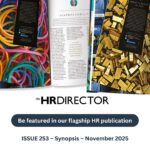For many young people today, the job search doesn’t feel like the beginning of a career — it feels like a locked door. Gen Z is entering the workforce with unprecedented access to knowledge, strong digital fluency, and a deep desire for purposeful work. But their first contact with the employment world is too often marked by rejection, opacity, or silence. Entry-level roles demand years of experience they haven’t had the opportunity to gain. Online applications vanish into digital systems with no feedback or follow-up. Even the most driven candidates are left wondering whether anyone saw them at all.
This isn’t a talent gap. It’s a translation gap — between how Gen Z understands themselves and how traditional hiring systems define “qualified.”
A System That Doesn’t Speak Their Language
This generation has grown up immersed in interactive, iterative, and feedback-rich environments. They’ve learned through platforms that gamify progress, practiced problem-solving in real time through multiplayer games, and grown used to digital ecosystems that adapt and respond to their actions. In school and in play, they’ve become fluent in systems that reward exploration, curiosity, and growth.
Hiring systems, by contrast, remain largely passive and silent. Applicants submit resumes and wait. Most hear nothing. Even those who are rejected often receive no guidance, no context, and no insight into what they could improve.
For a generation raised on rapid iteration, this stillness is more than just inefficient — it’s alienating. A blank wall in place of feedback doesn’t feel neutral. It feels personal. And when enough doors stay closed without explanation, even confident young professionals begin to question their value. This is where the damage begins — not with a lack of skill, but a loss of visibility.
The First Job Is the Hardest
Today’s early-career recruitment system has evolved into a paradox. Entry-level roles increasingly demand 2–3 years of prior experience. Job listings emphasize “energy” and “curiosity,” yet default to hiring for polish and pedigree. Opportunities intended to be on-ramps into professional life function more like obstacle courses.
This isn’t just discouraging — it’s exclusionary.
Consider the case of a recent graduate I worked with who had applied to over 80 roles with no response. Not one interview. Not one rejection email with feedback. When we finally sat down to review his application materials and approach, it became immediately clear: his core issue wasn’t competence — it was visibility. Once he reframed his story and aligned it with the behaviors employers sought, his second application yielded an interview. The shift wasn’t in his capabilities, but in the clarity of how they were presented — and perceived.
For every one of these success stories, countless others give up before they’re seen.
What We Lose When We Filter for Familiarity
Today’s hiring tools — CVs, keyword screeners, and ATS platforms — are optimized not to discover potential but to reduce perceived risk. They prioritize familiarity: well-known universities, recognizable employers, tidy timelines, and standardized credentials.
But real potential often lives outside the template.
The best early-career hires may have led volunteer teams, built online communities, self-taught new tools, or solved complex challenges in unorthodox ways. These behaviors — adaptability, initiative, problem-solving, resilience — are rarely visible in static PDFs or filtered databases.
By over-relying on automated filters and checklist criteria, we don’t just eliminate poor fits. We eliminate future leaders who haven’t yet had a chance to earn the “right” logos on their resumes. And we widen the very gap we claim to want to close.
The result is a process that is efficient, but not effective. Scalable, but not equitable.
Rethinking What Fair Hiring Looks Like
If we are serious about improving early-career hiring, we must expand our understanding of what a fair evaluation process looks like — and who it is designed to serve.
This doesn’t mean lowering standards. It means aligning our tools with the reality of where potential lives.
That requires:
Creating space for real demonstration of capability
Allow candidates to showcase how they think, solve problems, and collaborate — not just what their resume says. Interactive assessments, challenges, and case studies can offer deeper insights than static documents.
Replacing silence with structured feedback
A rejection with context is still a learning opportunity. When candidates know why they didn’t proceed, they can grow. When they don’t, they disengage.
Treating hiring as a developmental journey, not a binary transaction
The best hiring systems help applicants improve — not just identify who fits today’s role. This is especially critical for Gen Z, who often want to know not just if they fit, but how they can.
When we adopt this mindset, hiring becomes more than a gatekeeping function. It becomes an extension of education, a bridge to experience, and a vote of confidence in emerging talent.
Gen Z Isn’t the Problem — They’re the Signal
There’s a recurring narrative in the workplace that frames Gen Z as “difficult”: they expect too much, ask too many questions, or don’t follow traditional pathways.
But this critique overlooks the deeper truth: Gen Z is simply the first generation shaped by the world we’ve all been building — a digital, dynamic, and feedback-rich ecosystem. Their expectations around clarity, responsiveness, and growth are not unreasonable. They are aligned with the broader evolution of work itself.
They’re not disengaged because they’re fragile. They’re disengaged because they’ve been systematically shut out of a hiring model that doesn’t see them — or at least doesn’t know how to.
Instead of viewing their demands as inconvenient, we should see them as directionally correct. The future of work will require more flexibility, more soft skill fluency, and more adaptive learning. Gen Z isn’t resisting this shift — they’re trying to lead it.
A System Worth Building
It’s common advice to tell young people to “work harder,” “stand out,” or “be more resilient.” But resilience in the absence of fairness becomes fatigue. And effort without context becomes confusion.
We can do better — and many organizations already are.
Some companies are experimenting with blind hiring, skill-based screening, and project-based assessments. Others are investing in feedback platforms and AI tools that support—not replace—human connection. And a few are even beginning to treat early-career recruitment as a long-term investment, not a cost center.
These are encouraging signs. But they must be scaled with intent and equity in mind.
Because the first job shouldn’t be the hardest one to get. It should be the first step toward something meaningful. It should build confidence, not question it. It should open doors — not reinforce barriers.
What Comes Next
There’s a powerful opportunity in front of us — not just to fix hiring, but to fundamentally redesign it for the future of talent. That future starts by asking new questions: What if we treated hiring as a learning experience for the applicant — even when they don’t get the job? What if we built systems that saw beyond experience and into behavior, attitude, and growth potential? What if we assumed that great early-career talent doesn’t arrive “ready-made,” but ready to grow?
Gen Z isn’t asking for shortcuts. They’re asking to be seen. To be given a fair chance. To be engaged with, not filtered out. The question isn’t whether they’re ready for the workforce. It’s whether our systems are ready to recognize the ways talent is changing. Because the future doesn’t knock. It logs in. And if our doors stay closed too long, it’ll find another way in.







